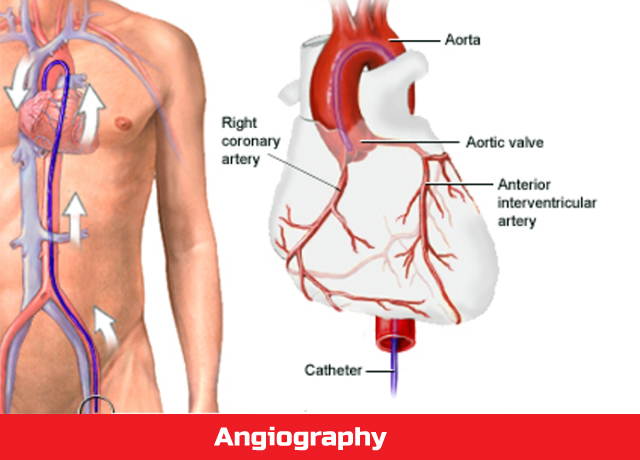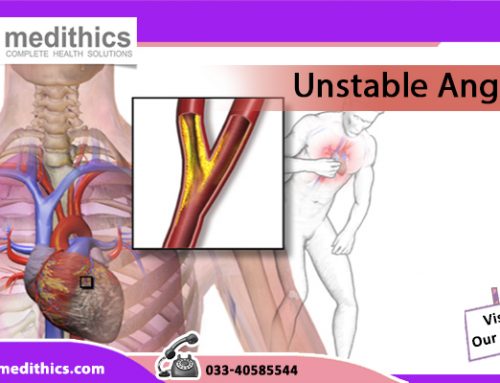Overview
The doctor injects a type of dye into the chambers of your heart or coronary arteries, the arteries leading to your heart, during angiography, an x-ray technique. In this test, the doctor can see if the coronary arteries are blocked by measuring the blood flow and blood pressure in the heart chambers.
Preparation
The night before the day of your test, do not eat or drink anything after it strikes midnight. You should tell everything about your food and insulin intake to your cardiologist in Kolkata if you have diabetes. This is because it will affect your blood sugar levels if you don’t eat. Your doctor may want to stop any medications that you are taking, so you must tell him/her about them in details. Before the procedure, there will be blood tests, electrocardiogram and chest x-ray.
Procedure
There will be a cardiac catheterization procedure in which a long, thin tube (called a catheter) is put into an artery in the leg and threaded into the heart. The doctor injects a dye through the caterer and in the heart after the catheter is put in place in the heart. The doctor can see the functionality of the heart chambers and the coronary arteries because of the dye. The doctor uses an angiogram to record the movement of the dye through your heart and coronary arteries and view it on a television monitor.
There are television monitors, heart monitors, and blood pressure machines in the catheterization laboratory. You will lie on an examination table, which is usually near an x-ray camera. There will an examination table near an x-ray camera. You will have to lie down on the table and the doctor will place small metal disks called electrodes on your chest. The wires from these electrodes are connected to an electrocardiogram machine and these wires are called leads. The doctor will monitor your heart rhythm on this machine during the test.
At first, the heart doctor in Kolkata will give you a mild sedative through an intravenous line or IV inserted into your arm. This is done to help you relax. Then the doctor will give you an anaesthetic medicine with a needle to numb the area around where the catheter will be inserted. He/she will make a small incision on the skin and will pass the catheter into the artery in your leg. He/she will gently pass the catheter through the artery and into your heart. Then some dye will be pushed into the heart, which will help the doctors to see whether there are blockages in your main artery or its branches. The doctor will remove the catheter and IV after he/she gets all the necessary information.
There is no risk in angiography and it is a very safe test. You may have to drink lots of liquids to get rid of the dye after the test is over. You can go home after taking a few hours of rest.





